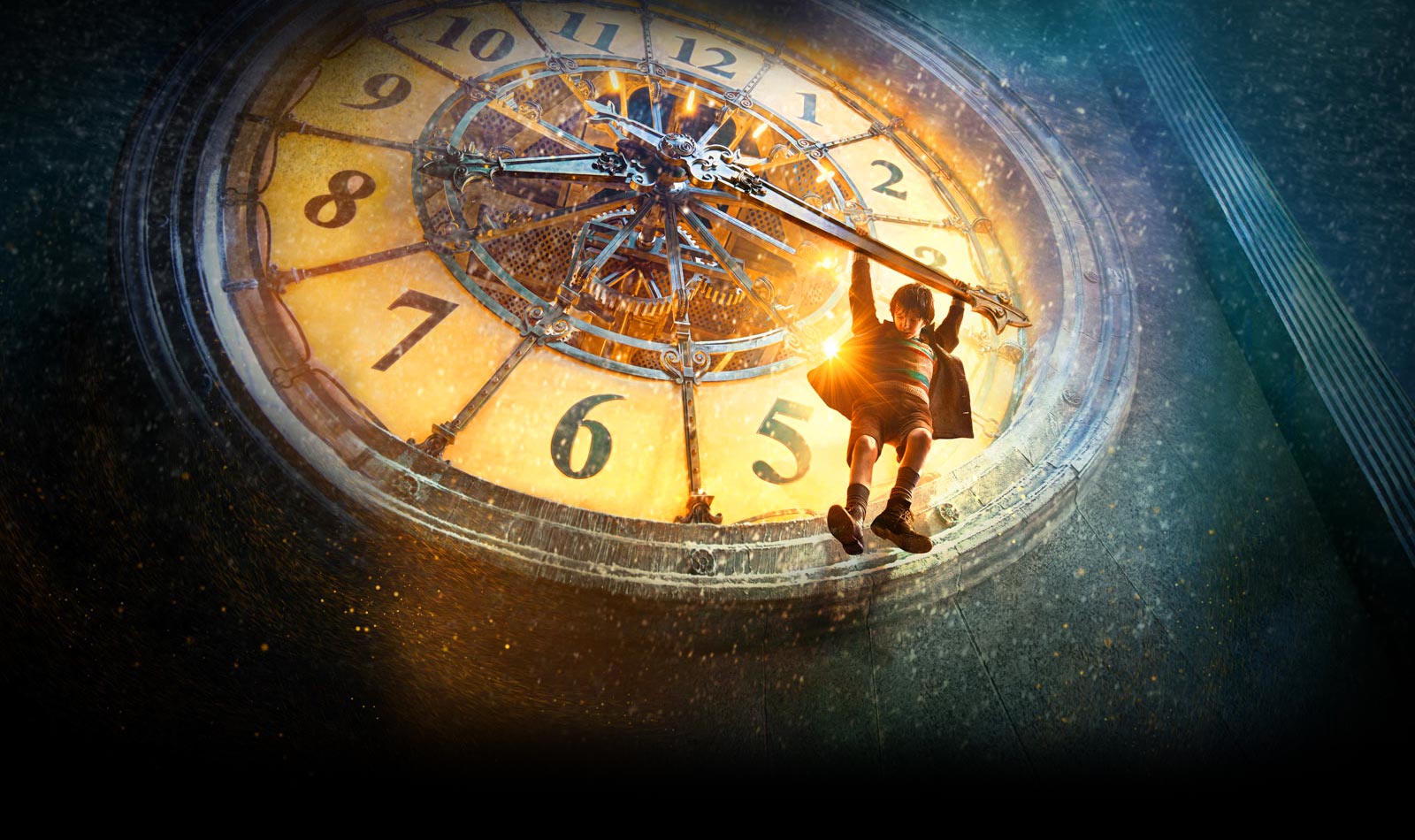If it wasn’t over the top, it wouldn’t be Tarantino. Django Unchained, the filmmaker’s nearly three-hour long tale of
antebellum empowerment set in the Deep South, reaches the screen in bounds of
unbridled joy and leaps of feeling. As desperately entertaining as it is dark,
this movie explodes and exhilarates. It’s pulpy, profane, giddily violent and gleefully
gory, but some scenes stand at the borderline between farce and tragedy. Although
brutally funny, Django Unchained is
also an important—if not too serious—movie about slavery and racism in
pre-Civil War America.
Steeped in the director’s distinct brand of movie love,
which sometimes makes him tread the thin line between homage and plagiarism,
the film marks another of Tarantino’s tributes to the more outlaw, outsider,
and less well-regarded genres: the spaghetti western and blaxploitation
pictures of the seventies. The highly stylized movie, however, is notable as
the filmmaker’s first real love story, its comparatively straightforward
narrative centering on freed slave Django’s
(Jamie Foxx) journey to reconnect with his wife Hildi (Kerri
Washington).








